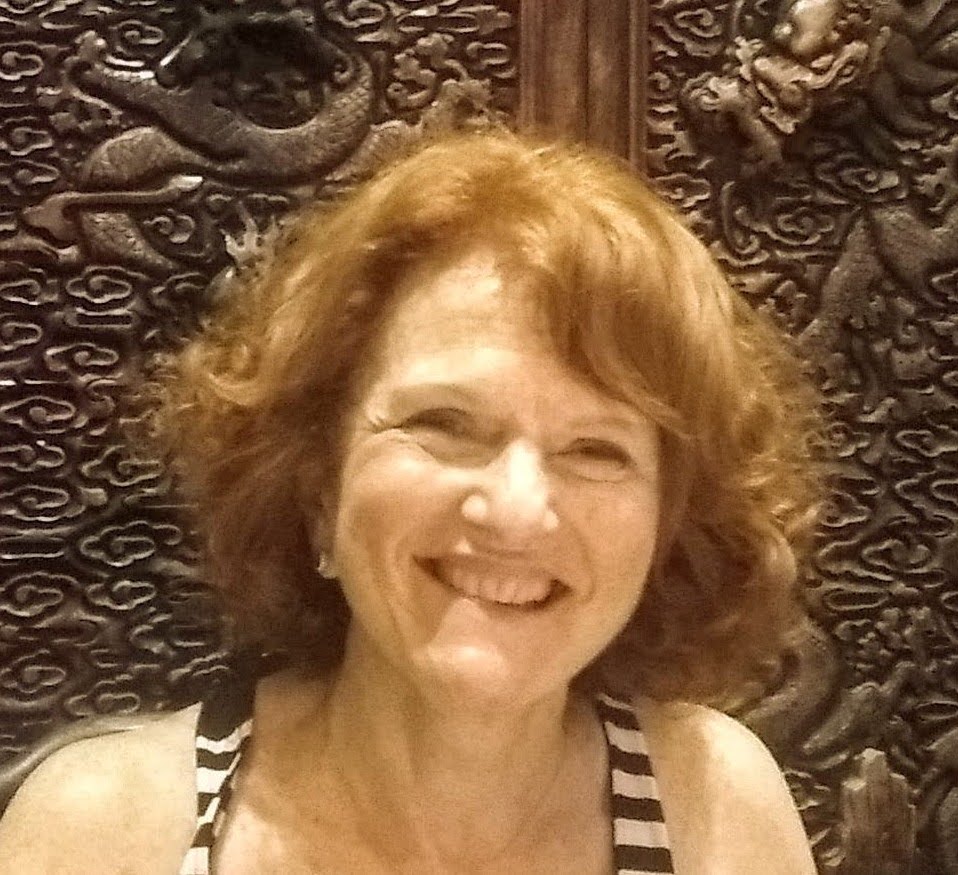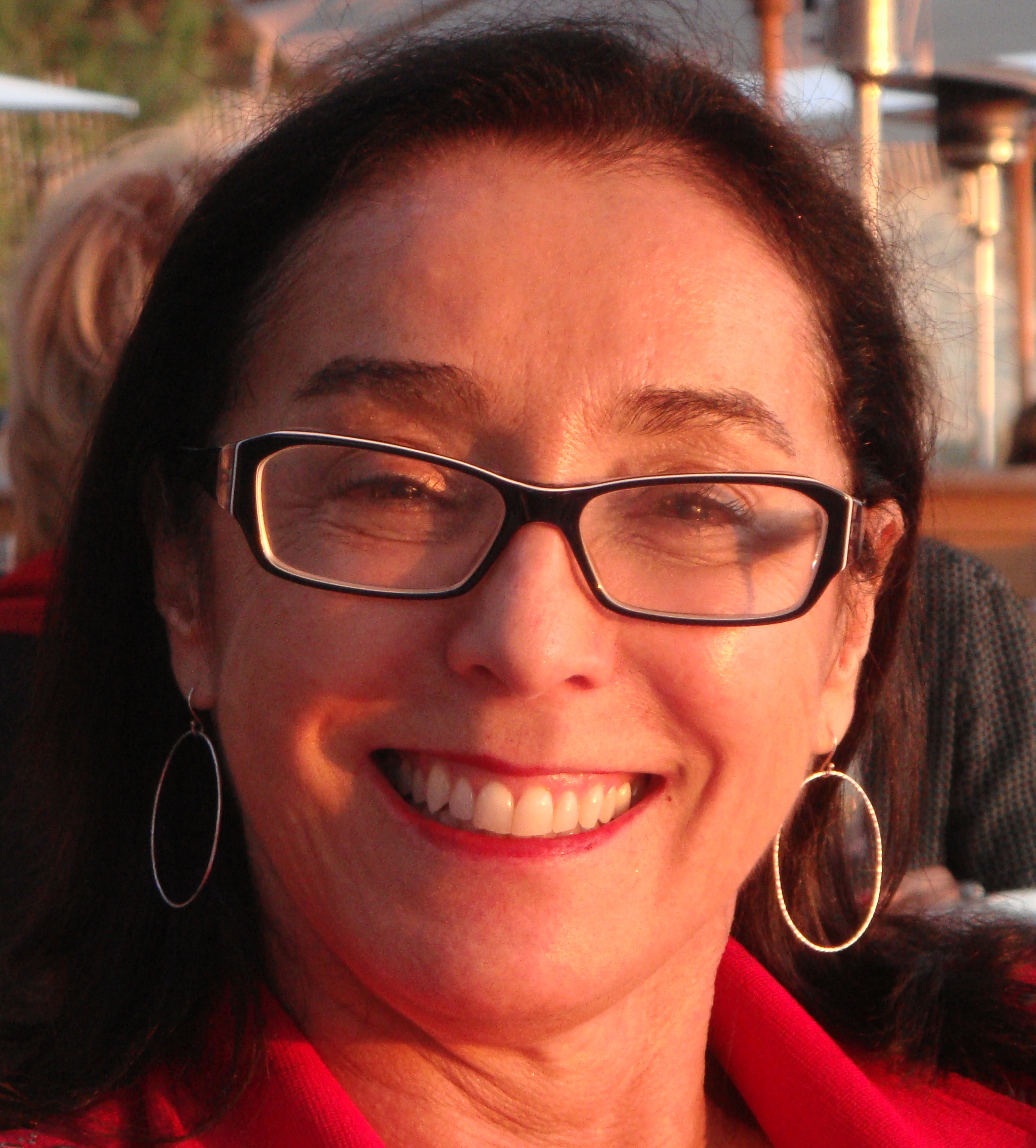In view of the next IPA congress to be held online in July 2021 on The Infantile in Its Multiple Dimensions, the IPA team wishes to invite members to renew their connections and exchanges through a series of introductory webinars on the theme of the Infantile.
The infantile in our times
Paper downloads: Christine Anzieu-Premmereur, Clara Nemas and Massimo Vigna Taglianti
A usual way of evoking the infantile is to look at what is expressed in metaphorized, symbolized forms potentially suitable to be recollected. It is also frequent to evoke the infantile encountered in analysis with children as with adults, in terms of what have not been able to find any symbolic expression. In this case, we give voice to affects, sensations, bodily experiences which could not find a way to inhabit the psyche of the individual who nevertheless experiences or experienced them.
Those experiences cannot be verbalized or remembered and will appear or return to the treatment in a not symbolic but literal mode. It is therefore in the relationship to the analyst, favorable to the deployment or return of the infantile through transference, that something of this psychic experience will take shape, passing through the psychic and the body of this analyst who will propose constructions (Freud, 1937). The other pathway related to the way to meet the infantile with his/her child or adult patients refers to the question of the primary relation to a maternal imago of the original times past but not outdated. (Klein, Winnicott, Bion)
What is left of the infantile inside everyone's psychic functioning ?
How is communicated this past but not outdated part of our self ?
What place do we reserve it in psychoanalytical practice in our times ?
The capability for dreaming, between regression and reorganisation, the creativity of exploring, between well known and unknown lands, the intense pleasure associated with infantile sexuality, the narcissistic vulnerability associated with illusion, how are they considered today ?
The infantile in children and adults in our times: the stake of such a reflection, starting from what this statement contains, seems to us to touch the heart of our identity as psychoanalysts.
To open this complex and so crucial discussion, we invited Christine Anzieu-Premmereur (North America), Clara Nemas (Latin America) and Massimo Vigna Taglianti (Europe) to present us a panorama of ideas and practices concerning the infantile of our times.
 Clara Nemas M.D
Clara Nemas M.D. is a Training and Supervising Analyst of the Buenos Aires Psychoanalytic Association (APdeBA), child and adolescent psychoanalyst, member of FEPAL and member of the IPA China Committee, of the Asia-Pacific Planning Committee (APPC) and Chair for Latin America of the 52nd IPA Congress: The Infantile: It´s Multiple Dimensions. She maintains a full-time private practice in Buenos Aires and was Vice President and Scientific Secretary of APdeBA. She has published numerous papers on ethics, psychoanalytic theory, and clinical technique in working with adolescent patients. She is currently involved in continuous education in seminars on Kleinian developments, the teaching of Meltzer's ideas and she runs a group of young colleagues on the project of becoming an analyst. She is also involved in the Latin American Working Party on Comparative Clinical Methods.
 Christine Anzieu-Premmereur
Christine Anzieu-Premmereur is an adult and child psychiatrist and psychoanalyst. Member of the Société Psychanalytique de Paris and at New York Psychoanalytic Institute, she is faculty of the Columbia University Psychoanalytic Center, where she directs the Parent-Infant Training Program. She published "The Process of Representation in Early Childhood," "Attacks on Linking in Parents of Young Disturbed Children”, “A Psychoanalytic Exploration of the Body in Today’s Psychoanalysis”, in French on play in child psychotherapy and on psychoanalytic interventions with parents and babies.
 Massimo Vigna-Taglianti
Massimo Vigna-Taglianti is a MD and Child Neuropsychiatrist. He’s Full Member of Italian Psychoanalytical Society and International Psychoanalytical Association, Training and Supervising Analyst, expert in analysis of children and adolescents and Scientific Chair of Italian Psychoanalytic Society. He is also Adjunct Professor of Child and Adult Psychiatry in Aosta University. He is particularly interested in his clinical work and in his writings in transference/countertransference dynamics and above all in role-reversal phenomena, as well as in meaning of actions and play in psychoanalysis.